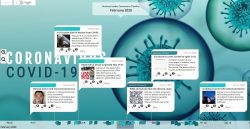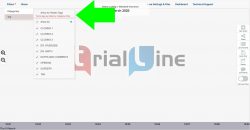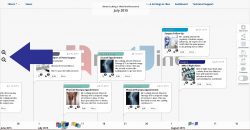This COVID-19 TrialLine is based on the timeline published by Business Insider, and written and updated by Holly Secon, Aylin Woodward and Dave Mosher. You can read the original article here.
Author: Travis Luther
Using Tags in TrialLine
TrialLine users have the ability to ‘tag’ the events on their legal case timeline, and those tags can then be used in the filtering system to control which events are being displayed on the TrialLine at any given time.
This filtering system allows users to create specific ‘views’ by combining different ‘category’ and ‘tag’ filters, which can then be used to communicate specific and important details about the case.
This enables users to get very granular with their data, and have a great deal of control over how the facts in the case are presented, and this can make the communication of important information more efficient and compelling. Continue reading “Using Tags in TrialLine”
Managing Your Files in TrialLine
In this tutorial, we’ll show you how to manage the files in your legal case timeline, and explain the various file management features available in TrialLine that can help you stay organized. Continue reading “Managing Your Files in TrialLine”
How to Create Events in TrialLine
Once you’ve created a new TrialLine, the next step is to start adding events to it. In this tutorial, we’ll show you how to create new events, explain what information can be included in each event, and also show you how to attach files and supporting documents directly to your events. Continue reading “How to Create Events in TrialLine”
How to Zoom In and Out of Your TrialLine
In TrialLine, the ‘Rendered View’ is a responsive view of your case timeline. That means the placement of the individual events and how they display, changes and responds depending on your zoom level.
As you zoom into your TrialLine, the events spread themselves out and move away from each other. As you zoom out of your TrialLine, the events move closer together. This enables you to change the focus of your timeline as needed, zooming in to focus on a particular event or zooming out to see multiple events at one time, and to see how far apart in time the events occurred, in relation to one another. Continue reading “How to Zoom In and Out of Your TrialLine”





